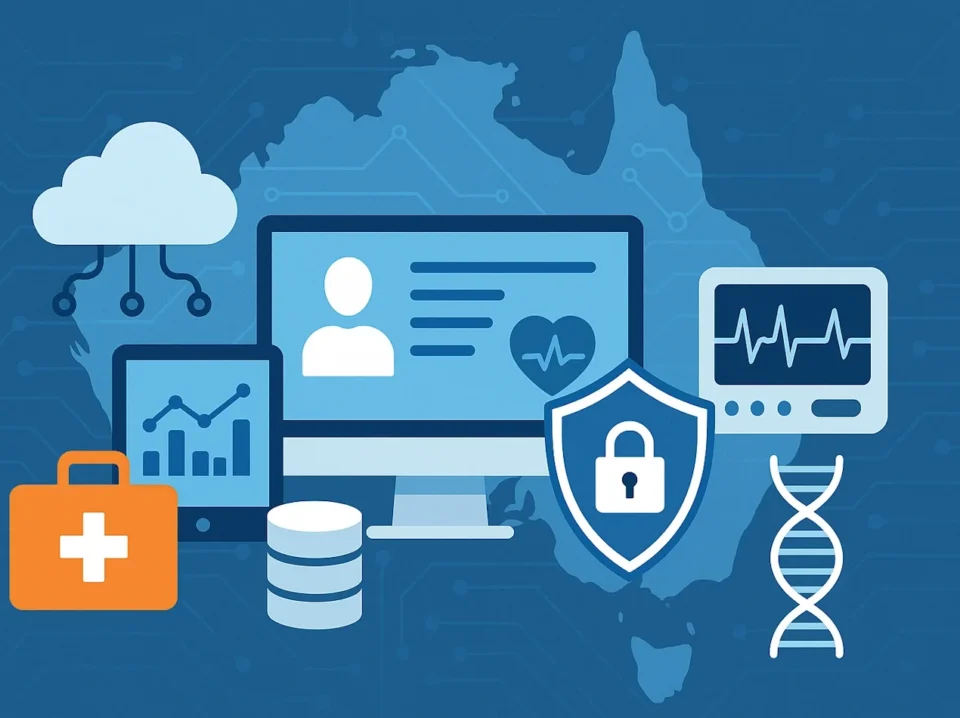The smartly competitive market, businesses that harness cutting-edge technology gain a significant edge. Computer Vision Services have emerged as powerful solutions for decision-makers seeking to improve operations and reduce costs. By applying advanced image analysis and machine learning, these services transform raw visual data from cameras and sensors into actionable insights. For example, retailers can track inventory levels and customer traffic automatically, and manufacturers can spot defects on the production line. Healthcare providers can accelerate diagnoses with more accurate imaging analysis. As technology matures, companies can integrate these solutions to unlock new efficiency and growth opportunities.
In this article, we explain what computer vision services are and why they matter for businesses. We cover core technologies—object detection models and image recognition—and highlight practical applications in retail, manufacturing, and healthcare. Finally, we discuss the key benefits of integrating computer vision to help your organization stay competitive and innovative.
What Are Computer Vision Services?
Computer Vision Services are AI-driven solutions that help businesses analyze and interpret images and video automatically. Instead of relying on manual inspection, these services use algorithms to detect objects, classify scenes, and identify patterns in visual data. Often delivered via cloud APIs, on-premise software, or specialized hardware, these systems combine high-resolution cameras with deep learning models to perform tasks like automated inspection and image tagging. For example, a computer vision system might scan shelf images to verify product placement or flag unauthorized personnel in surveillance footage. By transforming visual inputs into meaningful information, these services help organizations operate more efficiently and gain insights that were previously difficult to obtain.
Core Technologies Powering Computer Vision
At the core of modern computer vision services are advanced machine learning algorithms that mimic human vision. Two key functions are object detection and image recognition, each powered by specialized neural network models. These technologies enable systems to understand what is in an image and how to respond. Next, we’ll explore how object detection models and image recognition technology power business applications of computer vision.
Object Detection and Object Detection Algorithms
Object detection involves identifying and locating objects within an image or video frame. Object detection algorithms draw bounding boxes around each instance of an object and label it with a category (such as “product”, “person”, or “vehicle”). Modern object detection models are trained on large datasets to recognize many types of objects with high accuracy. These object detection algorithms can process images in real time, making them ideal for live monitoring and automation. For example, an object detection system can count how many packages are on a conveyor belt or detect when a machine part on an assembly line is missing. By automating these visual tasks, businesses can reduce errors and speed up operations.
Image Recognition
Image recognition, also known as image classification, involves identifying the main subject or category of an image. Instead of locating objects, a recognition model assigns a label to an image or an object within it (for example, “malfunction” vs. “normal”, or specific product names). These systems answer questions like “What type of product is this?” or “Is this medical scan abnormal?”. Image recognition models typically use convolutional neural networks trained on large image collections to recognize patterns. For instance, an image recognition system might categorize X-ray images as “healthy” or “diseased” to assist radiologists. When combined with object detection, image recognition enriches the analysis by interpreting what the detected objects actually are.
Business Applications of Computer Vision Services
Computer vision technology is already transforming industries by automating visual tasks that were once manual. Below are examples of how businesses in retail, manufacturing, and healthcare are deploying computer vision services to solve real problems:
Retail Industry
- Inventory Management: Vision systems scan shelves to detect out-of-stock items or misplaced products, automatically updating inventory levels and reducing stockouts.
- Smart Checkout: Computer vision-powered checkout systems (like cashier-less stores) use object detection to recognize items a customer picks up, enabling automated billing without manual scanning.
- Loss Prevention: Security cameras with CV algorithms can detect suspicious behavior or identify if high-value items are removed without purchase, sending real-time alerts to staff to reduce theft.
- Customer Analytics: By analyzing in-store video, retailers can monitor foot traffic, dwell times, and customer demographics. These insights help optimize store layouts, merchandising, and marketing.
Each of these applications helps retailers cut costs, improve store performance, and deliver a modern shopping experience for customers.
Manufacturing and Quality Control
- Defect Detection: High-resolution cameras and CV models inspect products on the assembly line, spotting defects (cracks, misalignments, missing parts) instantly. This reduces waste and ensures consistent product quality.
- Automation and Robotics: Vision-guided robots use object detection to locate parts and perform precise assembly or packaging tasks. This increases production speed and consistency without constant human oversight.
- Safety Monitoring: Computer vision can detect whether workers wear required safety gear (helmets, gloves, etc.) and identify if someone enters hazardous zones. Automated alerts help prevent accidents and maintain regulatory compliance.
- Predictive Maintenance: Cameras and sensors monitor equipment condition (surface wear, leaks, or irregular vibrations). By detecting signs of trouble early, computer vision helps schedule maintenance before breakdowns, minimizing costly downtime.
These solutions improve quality control, protect workers, and maximize operational efficiency on the factory floor.
Healthcare and Medical Imaging
- Medical Imaging Analysis: AI-powered models analyze X-rays, MRIs, and CT scans to detect anomalies like tumors or fractures with high precision. This assists radiologists by flagging potential issues.
- Pathology and Lab Analysis: Computer vision examines microscope slides, blood samples, or skin images to identify cancer cells, bacteria, or skin lesions. Automating these analyses speeds up diagnostics and reduces manual errors.
- Patient Monitoring: Vision systems in hospitals can track patient movements to detect falls or unusual behavior, and can monitor vital signs (like respiration rate) from a distance. Real-time alerts improve patient safety and response times.
By integrating computer vision into healthcare workflows, providers can achieve faster diagnosis times, more accurate results, and ultimately better patient outcomes.
Benefits of Integrating Computer Vision Services
Integrating computer vision services into your operations delivers multiple benefits:
- Improved Efficiency: Automating visual inspection and analysis saves time, allowing employees to focus on strategic work rather than repetitive tasks.
- Cost Savings: Early detection of defects and streamlined processes lower waste and avoid expensive rework or recalls, reducing costs.
- Enhanced Accuracy: Computer vision models perform consistent inspections without fatigue, minimizing human error and variability in quality control.
- Data-Driven Insights: By converting images and video into actionable metrics (like footfall counts or quality trends), computer vision enables better business decisions and strategic planning.
- Improved Safety: Continuous monitoring can detect hazards or compliance issues in real time, protecting workers and reducing liability.
- Scalability: Cloud-based vision services can easily scale to analyze large volumes of data, and models can be retrained to handle new products.
Overall, these benefits help organizations operate more smoothly, make smarter decisions, and stay ahead of the competition in a data-driven economy.
Conclusion
In summary, advanced computer vision services unlock significant business potential by turning visual information into actionable intelligence. Organizations in retail, manufacturing, healthcare, and other sectors are already using these solutions to streamline processes, improve quality, and create new customer experiences. By investing in computer vision capabilities, companies can reduce costs, increase productivity, and gain a competitive edge. As computer vision technology matures, it becomes an essential part of forward-looking business strategies—empowering decision-makers with deeper insights and smarter automation. Explore computer vision services to stay ahead in the race for innovation and operational excellence.





